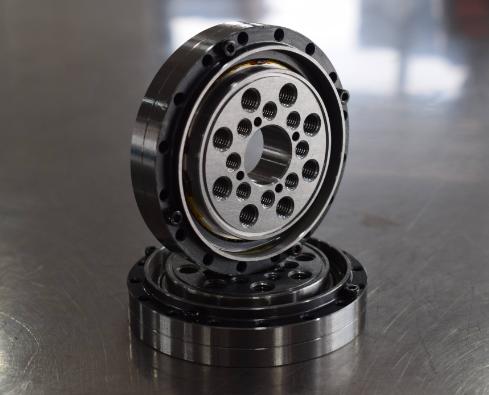
Harmonic reducers are important components in various mechanical systems, as they help to transmit motion and reduce speed through their clever design. However, one recurring issue with these reducers is bearing heating, which can lead to premature failure and decreased efficiency. This essay aims to explore the causes of bearing heating in harmonic reducers, as well as potential solutions to mitigate this problem effectively.
Causes of Bearing Heating:
One of the prominent causes of bearing heating in harmonic reducers is excessive friction due to poor lubrication. Lack of proper lubrication between the bearings and other moving parts can result in increased friction, generating heat that leads to bearing overheating. Another contributing factor is high load levels. When a harmonic reducer operates under heavy loads beyond its designated capacity, the bearings experience excessive stress, leading to increased friction and ultimately, bearing heating. Additionally, misalignment or damage to the shaft, housing, or other components can also cause uneven distribution of loads, resulting in localized heating of the bearings.
Solutions to Bearing Heating:
To address the issue of poor lubrication, regular maintenance and lubrication schedules should be established, ensuring that the harmonic reducer is adequately lubricated with the right type and amount of lubricant. Regular inspections and monitoring of lubrication levels can help prevent bearing heating due to inadequate lubrication. Additionally, using advanced lubricants or applying lubrication techniques like oil mist lubrication can significantly reduce friction, leading to reduced bearing heating and increased lifespan.
To prevent bearing heating caused by high load levels, it is crucial to ensure that the harmonic reducer is properly selected to handle the specified loads and torque requirements. Regular load testing should be carried out to identify any discrepancies, allowing for timely adjustments or replacements. Furthermore, incorporating safety measures like temperature sensors can help monitor the bearing temperature in real-time and trigger alarms or shut down the system when it surpasses safe levels, preventing further damage.
Addressing misalignment or damage to components requires proper installation and alignment techniques. During maintenance or installation, utmost care must be taken to align all components correctly, minimizing uneven load distribution and potential bearing heating. Regular inspections should be conducted to identify any signs of wear or damage, allowing for timely repairs or replacements to prevent further complications.
Conclusion:
Bearing heating in harmonic reducers can lead to inefficiencies and premature failure of mechanical systems. The causes of bearing heating include poor lubrication, high load levels, and misalignment or damage to components. To mitigate this problem effectively, regular maintenance, proper lubrication, load testing, installation, and alignment techniques are necessary. By implementing these solutions intelligently, the risk of bearing heating can be minimized, leading to improved performance and durability of harmonic reducers.
 English
English Deutsch
Deutsch Русский
Русский Español
Español
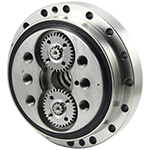
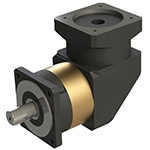
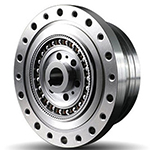
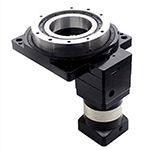
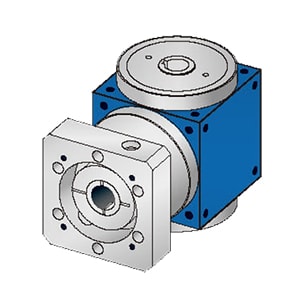
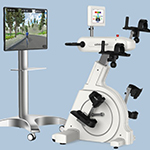
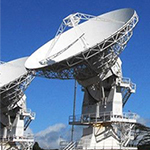
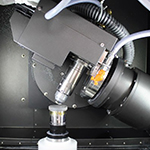
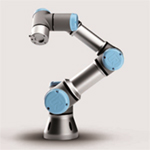
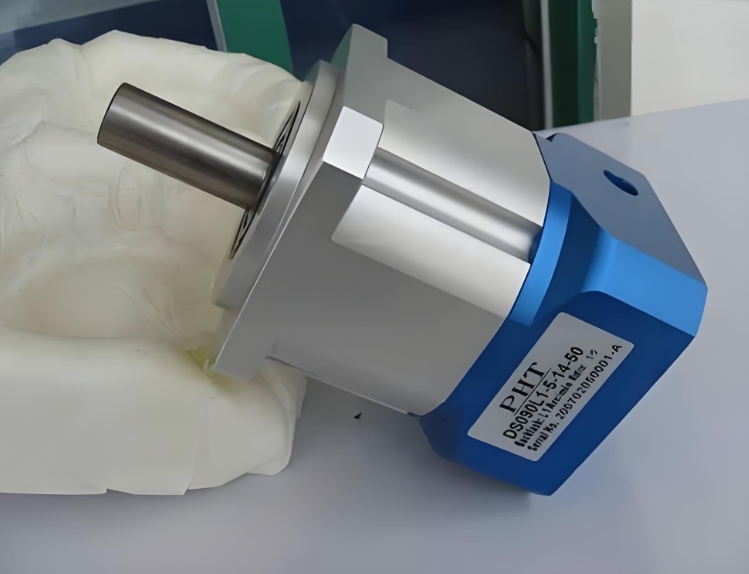
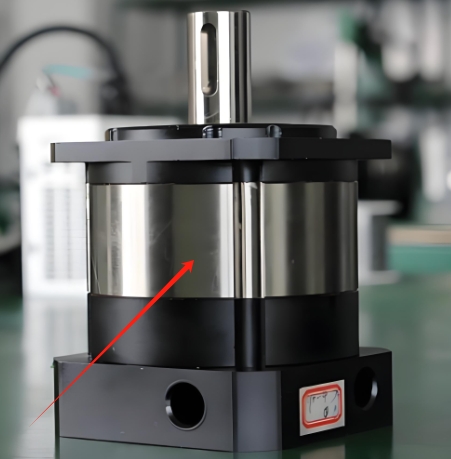
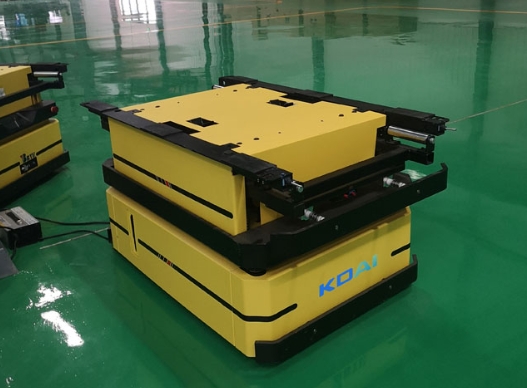
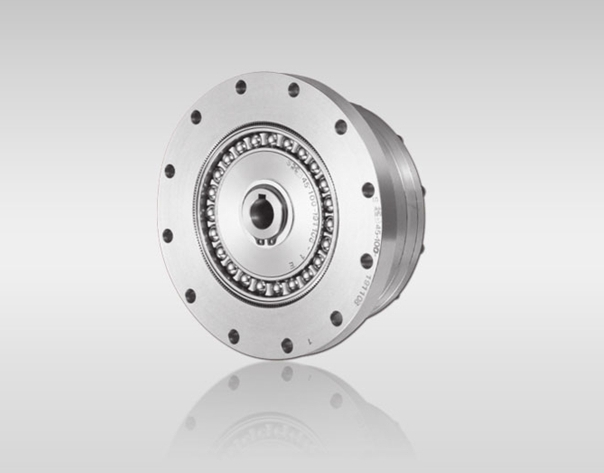
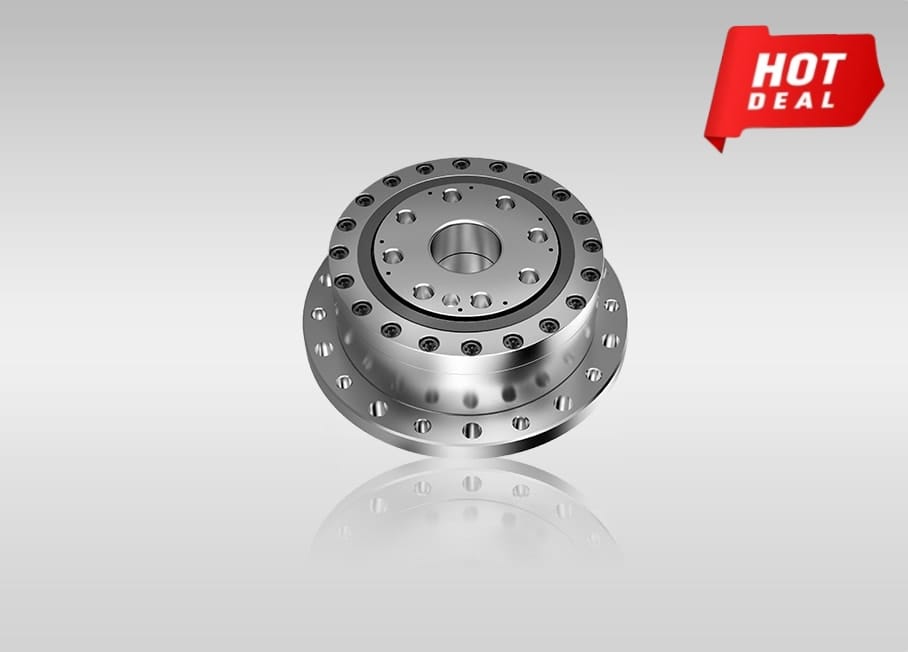
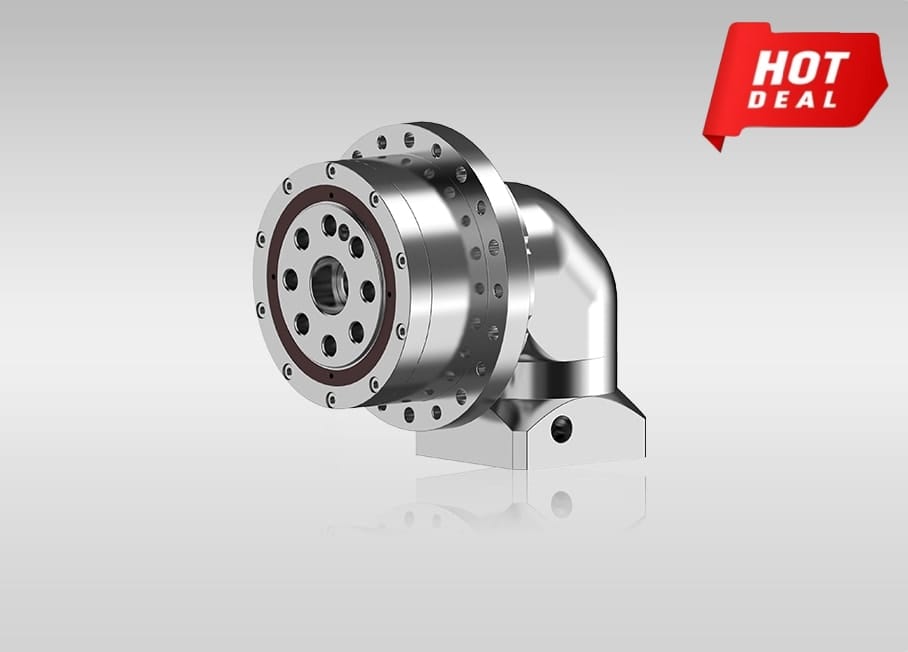
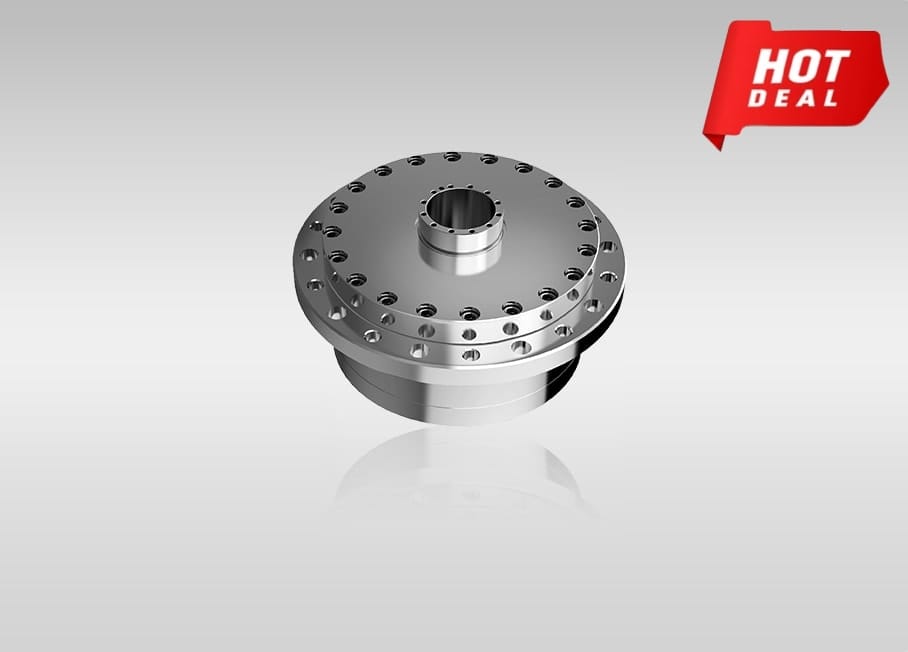
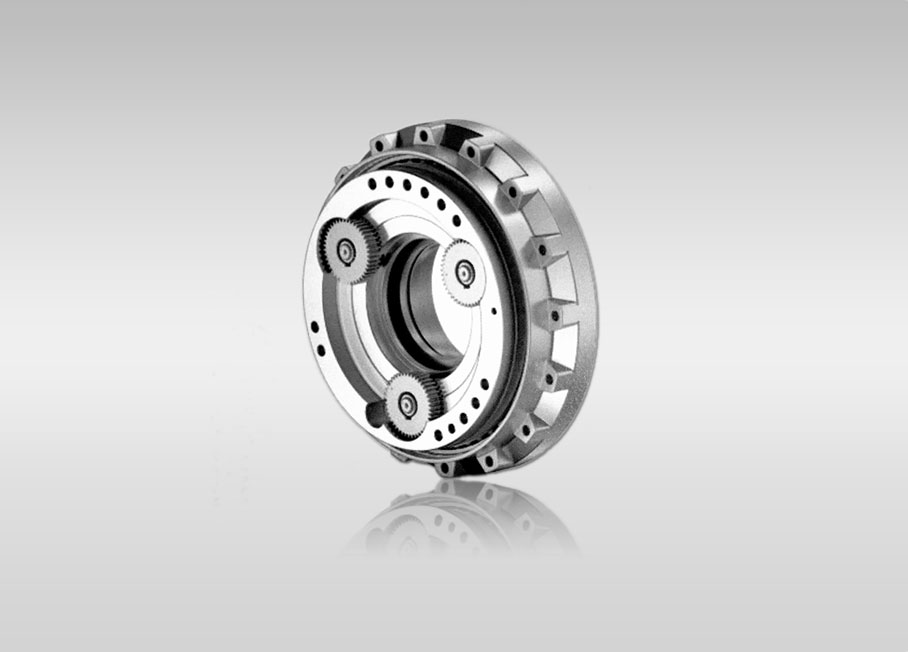
Quote Now